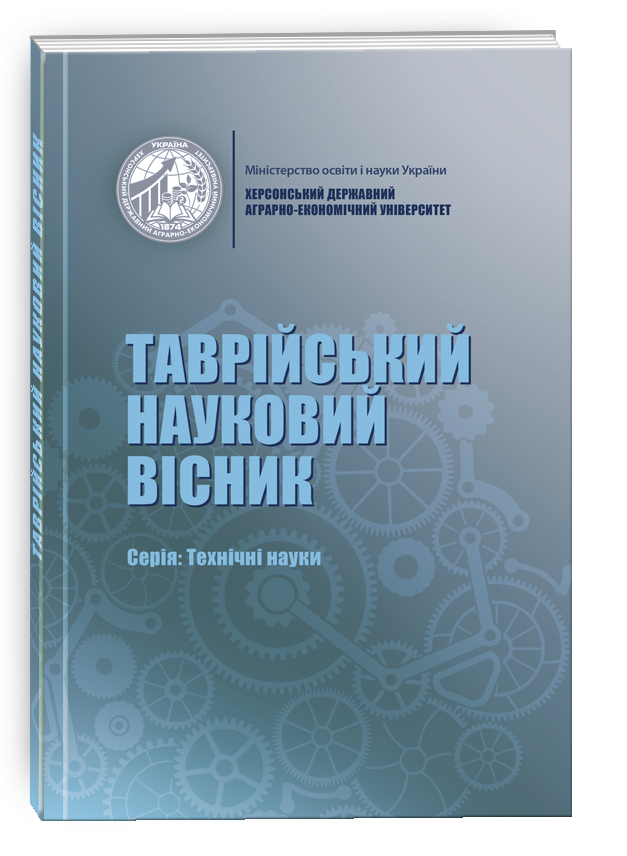INSTALLATION FOR DETERMINING THE THERMAL CONDUCTIVITY OF PLATES BY THE STATIONARY METHOD
DOI:
https://doi.org/10.32851/tnv-tech.2023.1.14Keywords:
thermal conductivity, steady-state heat flow, building materials.Abstract
When measuring the thermal conductivity of thermal insulation materials made by powder metallurgy and building porous materials, complications arise due to the fact that heat flows through the samples are commensurate with heat losses. The steady-state heat flow (SSHF) method is simple, does not require sophisticated equipment, and allows determining the thermal conductivity not in the near-surface layer but in the entire sample volume. Its disadvantage is low accuracy and the need to use reference samples. This work aims to develop an installation for measuring the thermal conductivity of largesized samples of low-conductivity material using the steady-state heat flow method with significantly higher accuracy than existing installations using this method. This is achieved by sandwiching the sample, which is a thin square plate of large dimensions, between the heater chamber and the refrigerator. The heating chamber is made of insulating material and its front wall, which is in contact with the sample, is made of the copper plate (which has good thermal conductivity). In the operating mode, the temperature in the heater chamber is maintained equal to the ambient temperature, which allows us to neglect heat losses and assume that in the steady-state mode, the heater power is equal to the heat flux through the sample. The thickness of the sample is much smaller than the size of its side (the sample should be square). This assumption is necessary to use the condition of isotropic temperature distribution in the cross-section of the sample. The refrigerator is filled with water and ice. The isotropic temperature distribution in the sample is ensured by its contact with the copper walls of the heater and refrigerator chamber. The temperature of the heated surface of the sample is measured using a thermocouple inserted through a hole in the front wall of the heater chamber. The proposed design of the installation and its operating conditions make it possible to significantly improve the accuracy of determining the thermal conductivity coefficient and make the error less than 2%.
References
Платунов Е.С., Буравой Е.С., Курепин П.И. Теплотехнические измерения и приборы. Ленинград: МАШИНОСТРОЕНИЕ, 1986. 256 с.
Пономарев С.В., Мищенко С.В., Дивин А.Р. Теоретические и практические основы теплофизических измерений. Москва: ФИЗМАТЛИТ, 2008. 408 с.
Гуров А.В., Пономарев С.В. Измерение теплофизических свойств теплоизоляционных материалов методом плоского «мгновенного» источника теплоты: монографія. Тамбов: ФГБОУ ВПО «ТГТУ», 2013. 100 с.
Гуров А.В., Пономарев С.В. Анализ источников погрешностей измерения теплофизических свойств твердых теплоизоляционных материалов методом плоского «мгновенного» источника теплоты. Вопросы современной науки и техники. Университет им. В.И. Вернадского. 2013. №1 (45). С. 273–282.
Способ неразрушающего контроля теплофизических характеристик строительных материалов и изделий: 2 574 229 С1 Россия: МПК GO1N 25/18, (2006.01). № 2014145713/28; заявл. 13.11.2004; опуб. 10.02.2016; Бюл. № 4. 10 с.
Пристрій для визначення теплопровідності будівельних матеріалів: пат. 127987 Україна: МПК (2018.01), Е01Д 19/00, Е04В 1/68 (2006.01). № 42018 03441; заявл. 02.04.2018; опуб. 27.08.2018. Бюл. №16. 4 с.







